Throw your camera in the trash. AI is here to make photography better
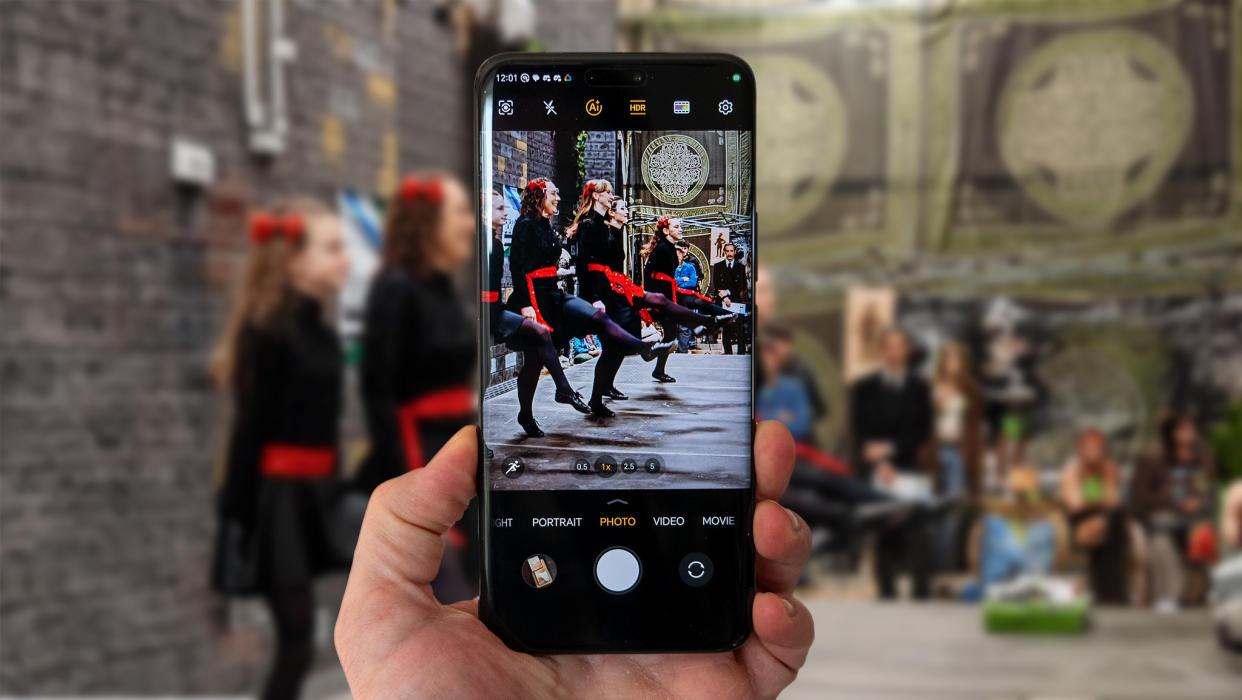
Our perception of photography just changed radically, but you may not have even known it. Seemingly overnight, many major Android manufacturers have started using AI to help enhance photos taken from your smartphone, but that doesn’t mean you’ll suddenly have generative AI inserting giraffes wearing party hats into your pictures.
Instead, super-intelligent AI algorithms trained by companies like Honor, Oppo, and, of course, Google are looking at photos that your phone takes and helping fill in the missing details that tiny smartphone camera sensors simply cannot capture. They’re also solving a huge problem that has plagued photography since the dawn of time: blurry moving subjects.
I’ve written about that particular subject multiple times and nearly always point it out in reviews. When you take a picture of something moving - be it a kid, a pet, or something else - the end result is almost always a blurry picture. Thankfully for us, MWC 2024 has proven that this particular problem has been solved.
What is a picture, anyway?
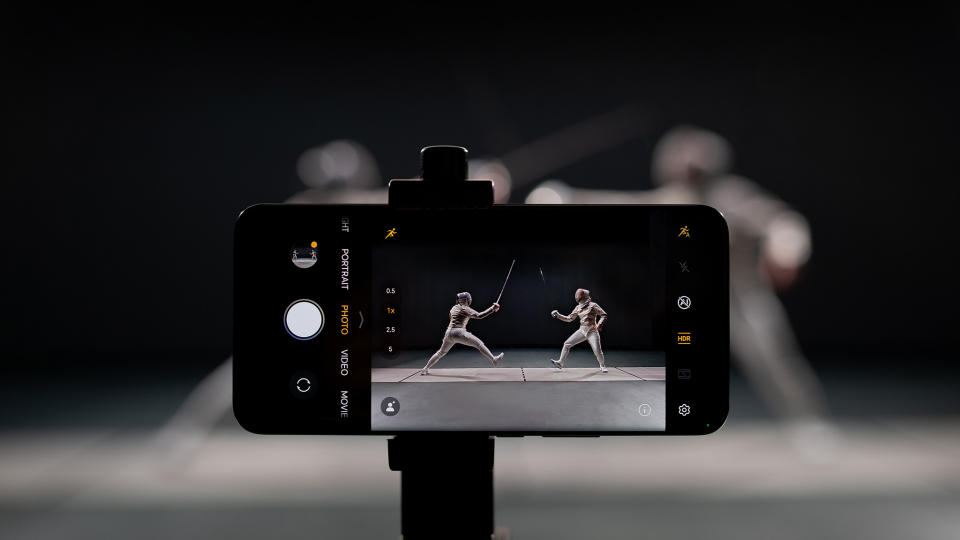
When the Google Pixel 8 Pro debuted in the Fall, features like Best Take and Magic Editor caused many people to wonder about the nature of a photo. Is a photo the image that a camera sensor captures at the moment, or, rather, should a photo be a proper way to relive a memory? After all, people and pets moving in real life don’t look blurry to our eyes, so why should they look blurry in a photo?
I’ve been using the Honor Magic 6 Pro for the past two weeks and have been enamored with its camera in a way that I haven’t felt in a long time. Previously, the Pixel 6 Pro blew me away with its clever motion mode that keeps a subject crisp and the surrounding areas intentionally motion blurred for cinematic effect.
Honor seems to have tapped into the same kind of AI magic that has made Google’s Pixel phone cameras feel magic for years, and it’s combining that AI with its own years of hardware expertise.

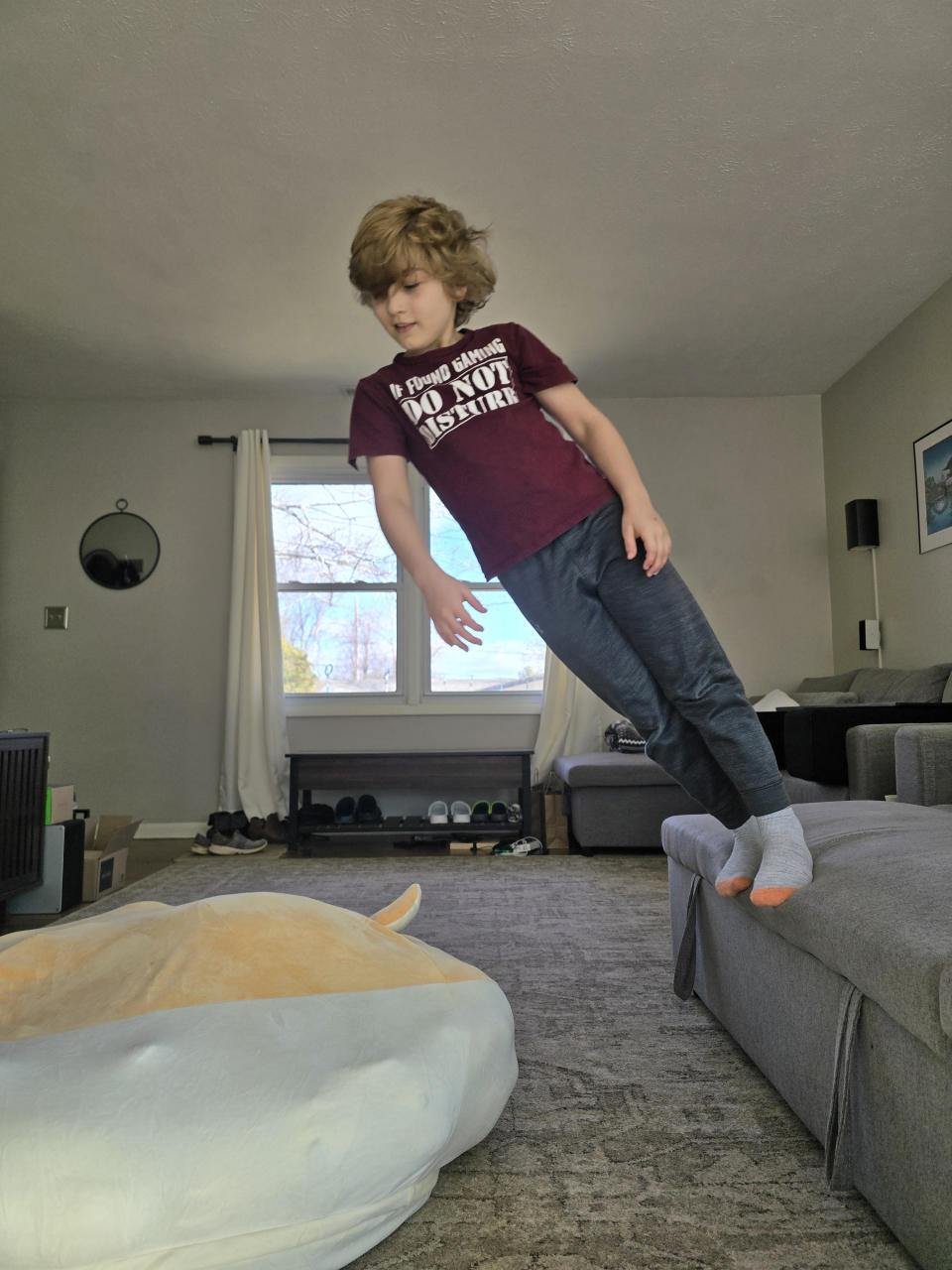
The company calls its latest innovations “Sportography,” and it takes after similar efforts from companies like Samsung to highlight a particular feature with a cute and memorable name. In Samsung’s case, they’ve been using the term Nightography to describe the Galaxy S series’ penchant for taking great low-light photos.
The Honor Magic 6 Pro can automatically take photos whenever specific kinds of movement is detected, oftentimes capturing better shots than I would manually.
Honor is using a new brand of on-device AI that’s been trained on millions of images so it can do all sorts of new things. In addition to clearing up potentially blurry photos of moving subjects, it can also take a photo for you when it recognizes specific patterns of movement.
To test this out, I brought my Honor Magic 6 Pro to our local Celtic Fest to capture something amazing. While the Irish dancers were on stage, I held my son with my right arm and held the phone with my left hand.
All I did was open the camera app and point toward the stage. The Magic 6 Pro handled the rest.
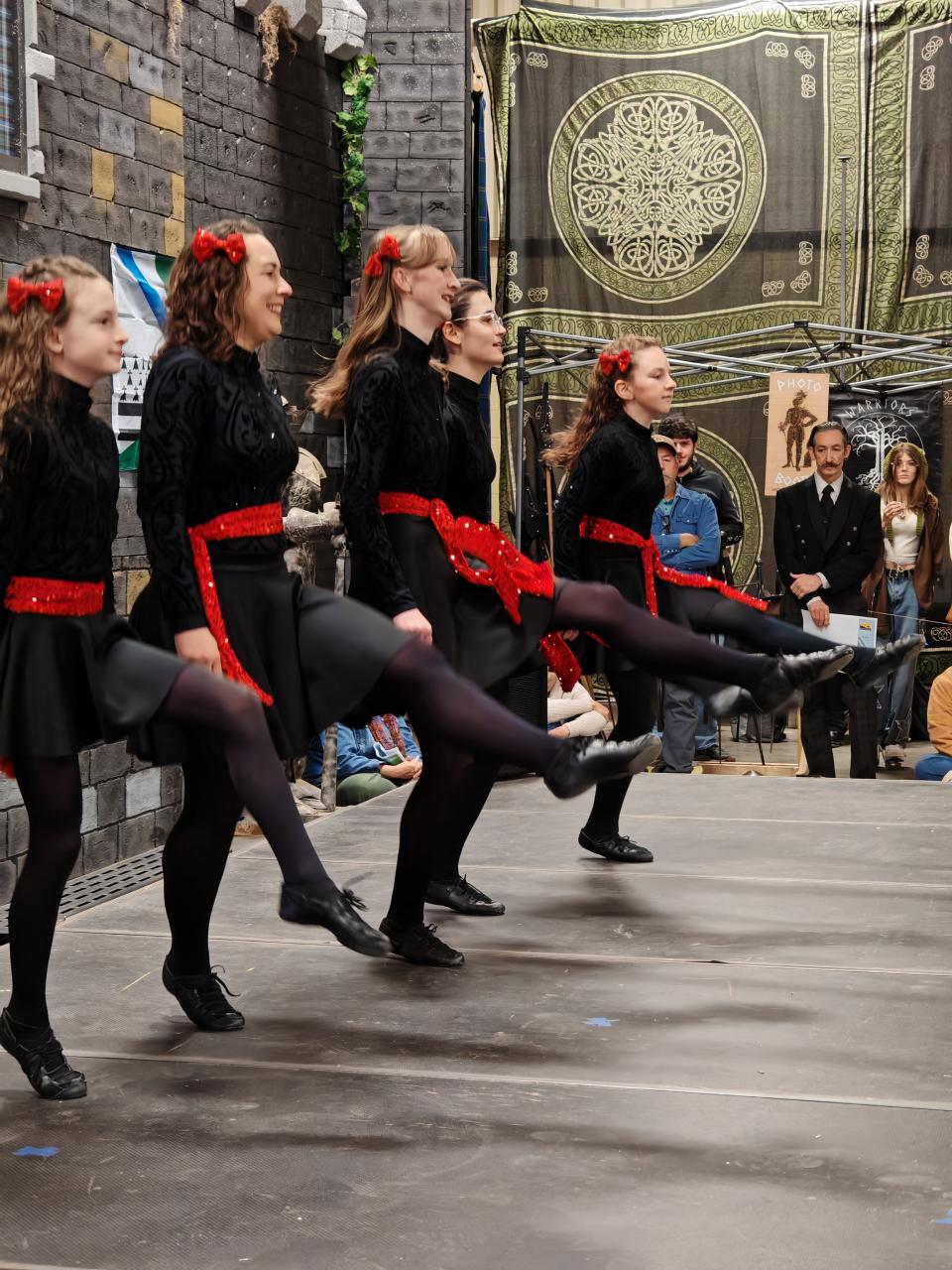
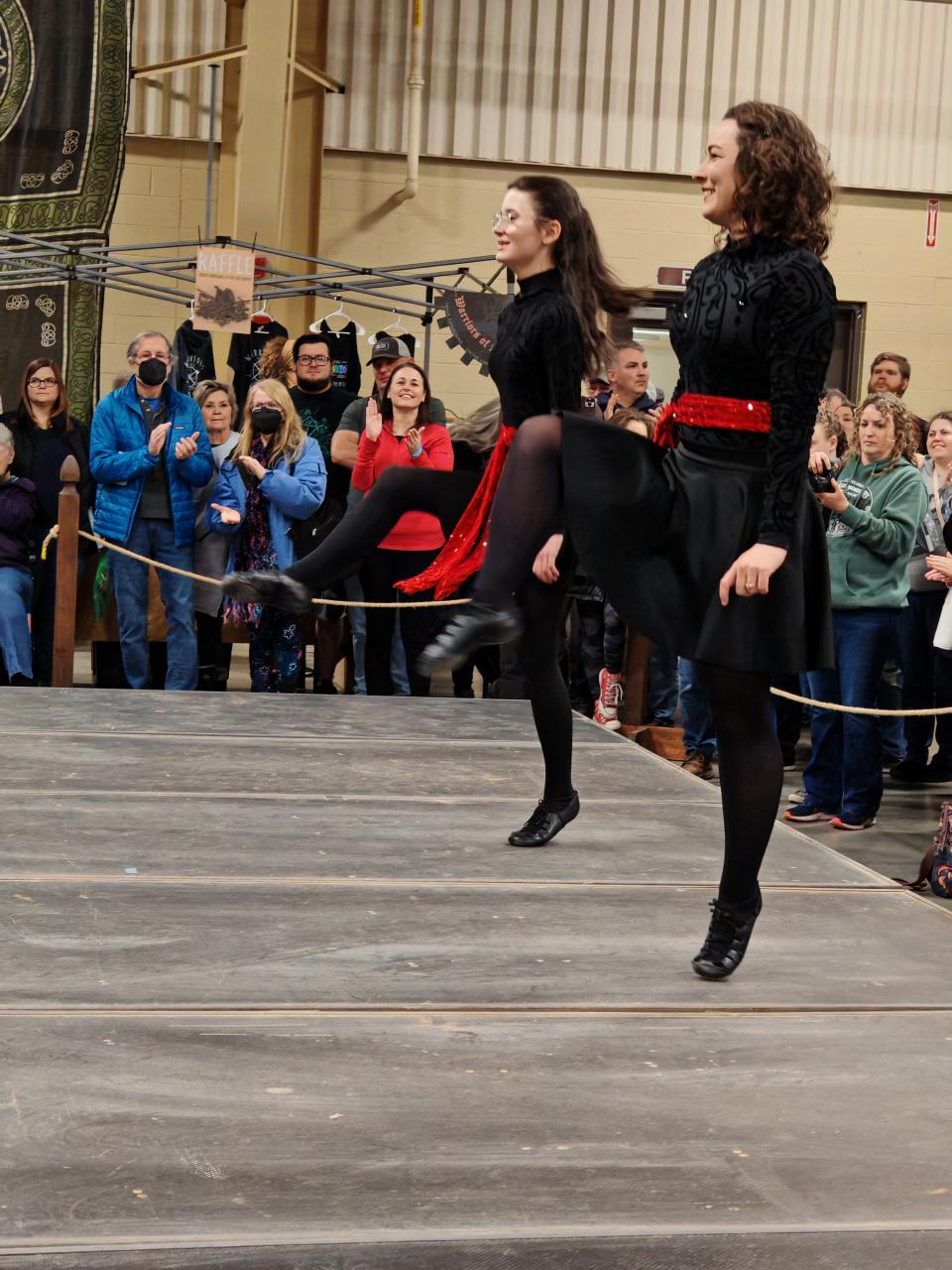
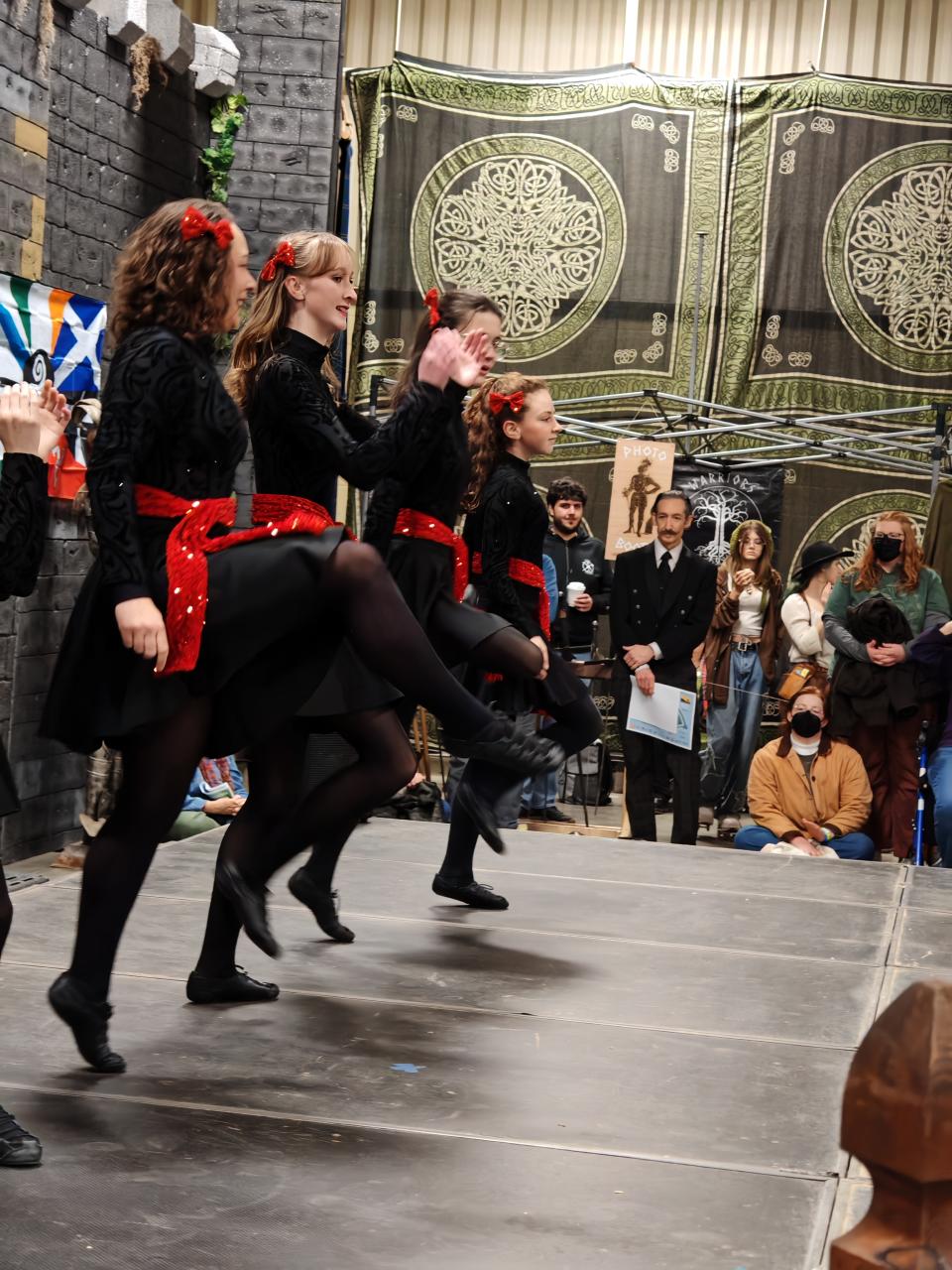
The result is a series of photos that are all usable. Some are entirely blur-free, but most just look like good action shots with clear faces and feet with motion blur applied. I know for sure I could have never captured these images on a Samsung Galaxy S24 Ultra, for instance, as my S24 Ultra camera review proved.
Traditional photography methods can't keep up with what AI enables in smartphone cameras.
This kind of feature might sound silly at first, but I know without a doubt that millions of parents worldwide will jump for joy at the thought of being able to capture the moment even with a squirming kid in their arms. It’s the sort of promise we’ve heard about AI but have rarely seen it work as effectively as this.
And it’s not just Honor working on this problem. Oppo’s MWC 2024 conference specifically unveiled a new AI algorithm they created that is designed to specifically use AI to enhance photos by analyzing a series of photos, finding all the nitty gritty details, and ensuring they stay visible in the final image.

This side-by-side helps showcase the difference quite nicely. Oppo had two of the same model phones on a dual tripod, each snapping a photo of a spinning wheel. The phone on the left uses antiquated photography methods that rely entirely on shutter speed and ISO levels to create a balanced photo. The right enhances things with AI processing, and the result couldn’t be more stark.
AI examines dozens of frames captured in an instant and assembles them in an intelligent way to create the "perfect" picture.
Briefly, here's how it works: when the camera app is open, it's constantly capturing image data and lightly processing it. Once you tap the shutter button, the app then takes a series of photos it's already been capturing and runs them through an AI algorithm that understands what looks best, thanks to its training. The photo you look at after browsing your gallery is actually a composite image of many different photos, all stitched together pixel by pixel to bring out the best details, color, and lighting.
All of this takes 2-3 seconds, depending on how complex the image is. If you're quick enough, you can tap the thumbnail button and watch the photo transform before your eyes. This process isn't exceptionally new - Google pioneered it ages ago, and many companies have picked up similar methods since then - but companies like Oppo, Honor, and Google are now using even more complex algorithms that understand motion and expression.
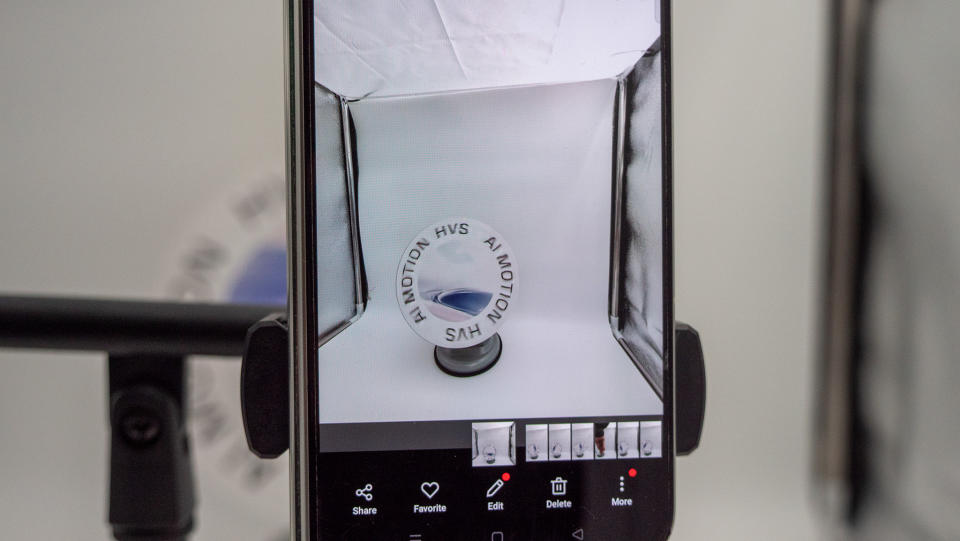
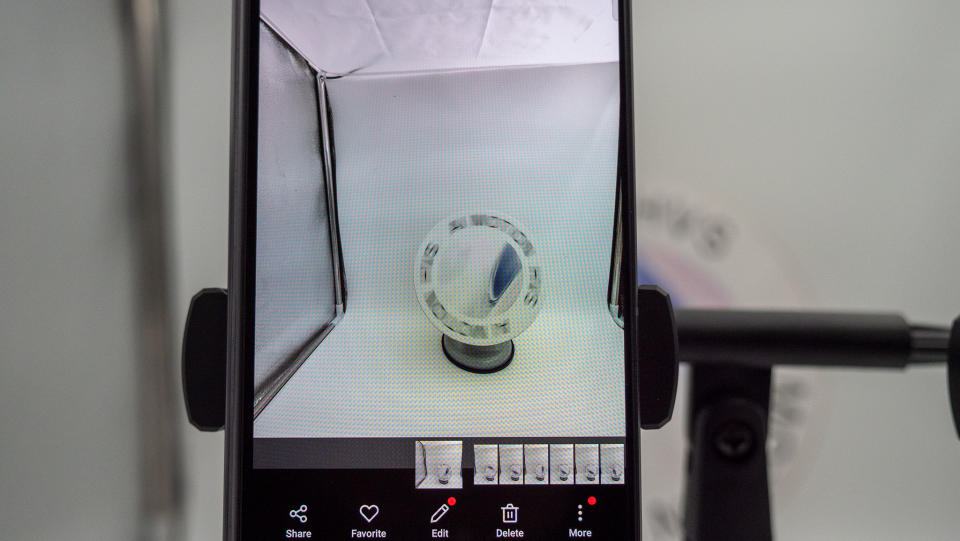
As someone who has been critiquing smartphone cameras and their general inability to capture any kind of motion, this is a dream come true. The best part is that it's going to be coming to even more phones by way of the Qualcomm Snapdragon 8 Gen 3, a processor that's already powered tons of flagship phones since the end of 2023.
Qualcomm is harnessing the power of Metavision, made by a company called Prophesee, to bring substantial improvements to photography on Snapdragon-powered phones. I don't specifically know when these updates will make their way to other phones, but I know how much they improve things.
The best part is that it's not just for photos. Metavision also works for video, and the results can be nothing short of incredible. Ironically, you might have already been using AI on your smartphone's camera without knowing it. Those great telephoto advancements in recent years are all AI-powered, proving that AI isn't just a buzzword.
It's here to stay, and it's making things better piece by piece.

